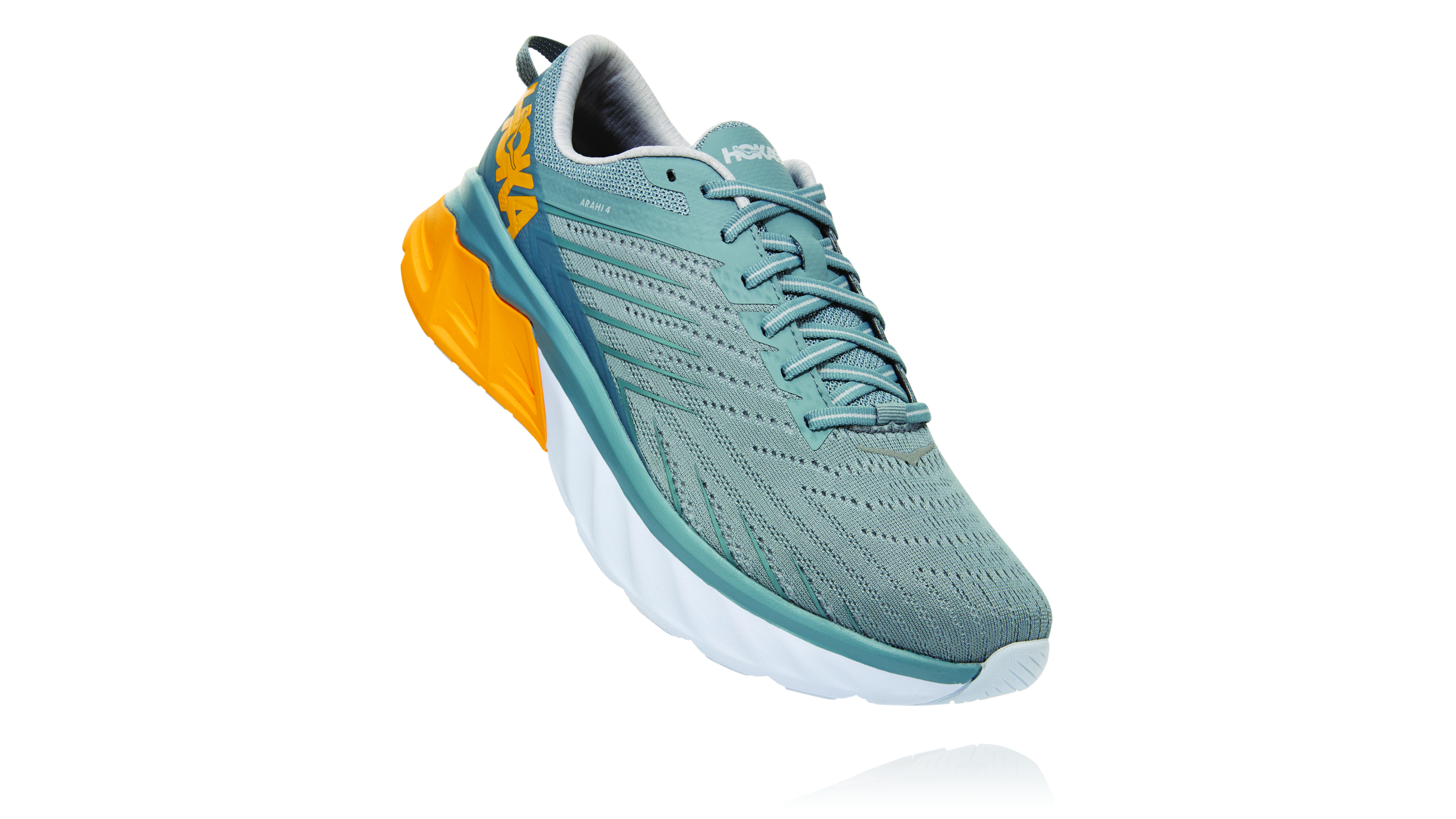Nordic walking: how to do it and what you need to buy
Find out why this outdoor pursuit is becoming so popular


Nordic walking has a growing and dedicated fitness following for a variety of good reasons. It’s a good overall aerobic workout, but with much lower joint impact than running or jogging, and it needs very little in the way of equipment compared to cycling or rowing. It also gets you out in the fresh air, in parks, country trails and footpaths, with many organised groups meeting to walk and chat as they go.
What is Nordic walking?
Nordic walking is a technique for walking with the help of poles - think cross-country skiing - that burns far more calories than your standard saunter. There’s little to no impact to cause injuries, and it can work at any intensity, from a gentle ramble for the elderly through to a pretty robust cardio workout for the already-fit.

Nordic walking: How to do it
Technique-wise, it’s all down to practice, but there are numerous classes across the UK that’ll take you from beginner to expert in just a few lessons. Alternatively, grab some poles, fire up YouTube and you’ll get the hang of things pretty quickly. In short:
- Ensure your poles are at the right height. Start with the pole upright on the ground, your arm should be at a right angle when holding the grip.
- Adjust your pole straps loops so that the strap isn’t too tight, just snug, and that the poles pivot cleanly and almost effortlessly between thumb and fingers.
- Begin walking normally, with a good upright stance, allowing your left hand to come forward with your left leg, and vice versa for your right. You should notice that the pole foot is hitting the ground on each stride as your arms swing naturally.
- Begin to use your shoulders to push down through the pole, which should boost your step a little, as well as producing a little rotation through your core muscles.
- As you pick up speed, you’ll be able to exaggerate this rotation slightly with your shoulders, bringing more of your core into play. As your cadence increases, so will the calorie count and cardio value of your workout - now it’s over to you!

Nordic walking: Gear you'll need
The amount of special equipment required for nordic walking is minimal, assuming you’ve got a reasonable outdoor wardrobe already. Comfortable walking trousers such as the Arcteryx Creston AR are ideal, as is a base layer like the Icebreaker 175 Everyday Crewe and windproof/waterproof jacket on top depending on conditions. Good quality socks such as the Smartwool PHD outdoor crew are a plan, while footwear might be running trainers such as the Hoka OneOne Arahi 4 for in-town, or light hiking boots like the Adidas Terrex Free Hiker GTX for more rural jaunts.
The big-ticket items in Nordic walking are the poles, which have specific straps or optional glove attachments for nordic walking, as well as a differently contoured handle compared to standard walking poles. In addition, the poles should have angled, block-like rubber feet -called ‘paws’ - for use on hard surfaces.
The big names in the space are Komperdell, Swix and Leki, with plenty of smaller challenger brands and cheaper unbranded versions available too. Construction is an important factor in the weight of the poles, starting with steel (heavy, cheap), then aluminium (light, midrange price) and finally carbon (very light, usually high end), but don’t be fooled by very cheap carbon poles, you get what you pay for.

Fixed poles
Get all the latest news, reviews, deals and buying guides on gorgeous tech, home and active products from the T3 experts
Poles can be broken down into several groups, each with their own pros and cons. Fixed poles are a set length, which means that adjusting the length as your technique improves is impossible, so for confident experts only. The Komperdell Carbon Featherlight is a good example of this, simple, ultralight (148g) but ideal if you already know what length you need.

Folding poles
If you’re confident on length but want better packability, then a 3-piece folding pole offers a good combination of packability and lightness. The Leki Micro Flash carbon being a good example, breaking down into three short sections for portability at the press of a button, but being fixed length once assembled. At 192 grams a pole, these are super-lightweight thanks to their carbon fibre construction, and easy to clip into and out of with Leki’s Trigger Shark 2.0 System.

Telescopic and adjustable poles
Telescopic poles pack down for easy travelling, but because there are one or more adjustment points they can vibrate more than other models. Adjustable poles feature just a single adjuster near the top, so suffer from less vibration, but are less ‘portable’, like Leki’s Smart Supreme poles. These are adjustable via a top flick lock, but this complexity and an alloy construction boosts weight to a still-manageable 225g per pole. An ingenious retractable hard tip lets you switch between hard surfaces and soft in seconds without faff too.

Pro gloves
While nordic walking poles usually come with detachable straps that are more than up to the job, the dedicated nordic walker can upgrade this with dedicated gloves. These can be fingerless or full-fingered winter-weight gloves, with an additional loop between thumb and forefinger that locks into the nordic poles. This gives maximum power transfer and comfort, as well as one less thing to worry about on the trail. The Leki Nordic Move Shark is just one example, which also features smartphone-compatible fingertips, so you can Instagram from the trail in seconds...
Liked this?

Mark Mayne has been covering tech, gadgets and outdoor innovation for longer than he can remember. A keen climber, mountaineer and scuba diver, he is also a dedicated weather enthusiast and flapjack consumption expert.